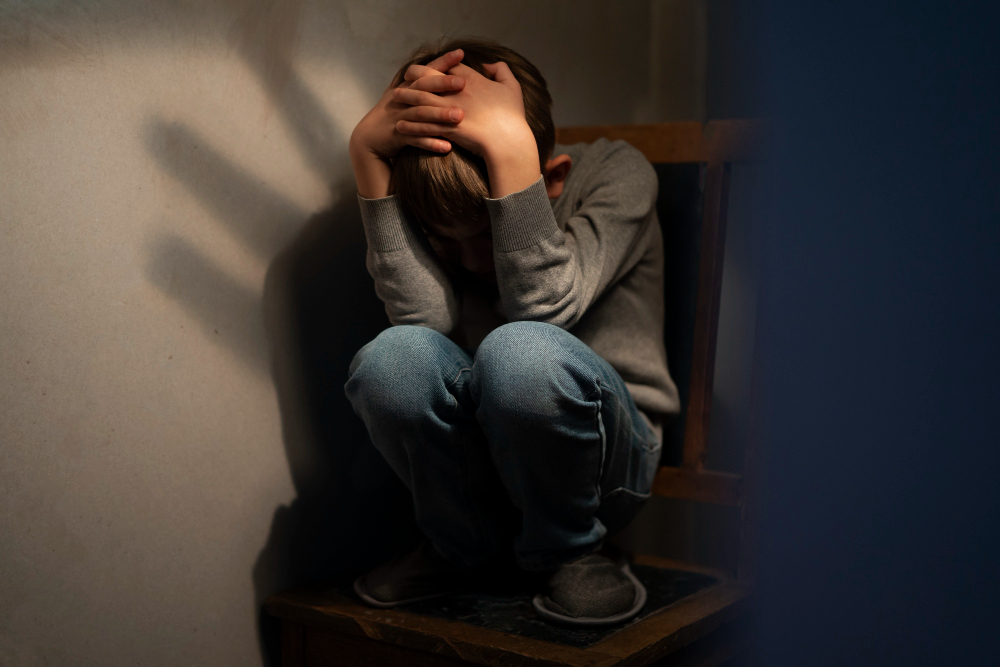Emotional abuse is a form of mistreatment that can have profound and lasting effects on an individual’s mental and emotional well-being. Unlike physical abuse, emotional abuse is often subtle and can be challenging to identify. This guide aims to empower individuals with the knowledge to recognize the signs of emotional abuse, fostering awareness and encouraging those affected to seek the support they deserve.
Constant Criticism
One of the hallmark signs of emotional abuse is relentless criticism. An emotionally abusive person may habitually belittle, insult, or demean their target, eroding their self-esteem and creating a constant atmosphere of negativity.
Isolation Tactics
Emotional abusers often employ strategies to isolate their victims from friends and family. This can involve controlling access to social events, limiting communication, or creating an environment where the victim feels emotionally cut off from their support network.
Manipulative Behavior

Manipulation is a key tool for emotional abusers. This can manifest as gaslighting, where the abuser denies or distorts reality to make the victim question their own perceptions. Emotional abusers may also use guilt, blame-shifting, or passive-aggressive behavior to control their targets.
Undermining Achievements
An emotionally abusive person may consistently downplay or dismiss the accomplishments and successes of their target. This undermines the victim’s confidence and reinforces a sense of inadequacy.
Threats and Intimidation
Threats, whether explicit or implicit, are a clear sign of emotional abuse. This can include threats of physical harm, damage to property, or other forms of intimidation that create a climate of fear and insecurity.
Withholding Affection
Emotional abusers may use affection and validation as tools for control. They might withhold love, attention, or approval, making the victim feel they must constantly strive to earn these basic forms of connection.
Controlling Behavior
Exerting excessive control over the victim’s life is another red flag. This can involve monitoring their activities, dictating their choices, or restricting their autonomy. Control is a central component of emotional abuse, eroding the victim’s sense of independence.
Unpredictable Mood Swings

Emotional abusers often exhibit unpredictable and intense mood swings. This creates an atmosphere of tension and uncertainty, as the victim is unsure of how the abuser will react in different situations.
Minimizing or Denying Abuse
Emotional abusers may downplay the severity of their actions or deny any wrongdoing. They might shift blame onto the victim, further distorting the reality of the situation.
Emotional Withdrawal
A sudden and unexplained withdrawal of emotional support is a sign of emotional abuse. The abuser may engage in silent treatment or emotional distancing, leaving the victim feeling isolated and rejected.
Conclusion
Recognizing the signs of emotional abuse is the first step toward breaking the cycle of mistreatment. If you or someone you know is experiencing emotional abuse, it is essential to seek support from friends, family, or professional resources. Understanding that emotional abuse is not the fault of the victim and taking steps to establish boundaries and seek help can lead to healing and the restoration of emotional well-being. Remember, no one deserves to endure emotional abuse, and seeking help is a courageous and empowering decision.

